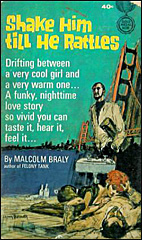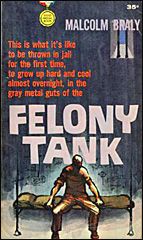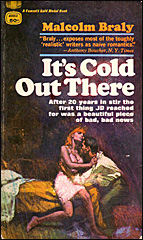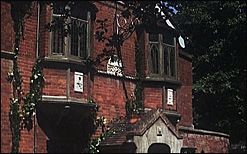Wed 3 May 2017
A Science Fiction Review: CLIFFORD D. SIMAK – Shakespeare’s Planet.
Posted by Steve under Reviews , Science Fiction & Fantasy[8] Comments
CLIFFORD D. SIMAK – Shakespeare’s Planet. Berkley/Putnam, hardcover, 1976. Berkley, paperback; 1st printing, May 1977. Del Rey, paperback, 1982.
Back in my teens and 20s when I was reading SF by the armload, two of my favorites were, of course, Robert A. Heinlein and Isaac Asimov. I say “of course” because those were the two authors that my SF-reading friends were also reading (all two of them).
But as time went on and I started reading Astounding and Galaxy and some of the other magazines that came out around then, I started finding other authors that appealed to me even more than the big two. (I won’t go into who the “Big Three” might be.)
As you may have guessed by now, this is when I discovered Clifford D. Simak. He wrote simple stories about some not so simple ideas, and what’s more he made them sound simple. I grew up in a small town in the Midwest (Michigan), and Simak was if nothing else a master of small town ideas and values, and of creating characters who believed in them, no matter how far out in time or space they happened to be.
Shakespeare’s Planet is a prime example. It begins with Carter Horton waking up on an expeditionary spaceship as the only survivor of four humans on board. His only companions, if you will, being a robot named Nicodemus and a ship named Ship, controlled by the minds of three people who gave up their bodies for the voyage: a monk, a scientist and a grande dame.
The planet the ship has found is inhabited, as it turns out, by an alien creature named Carnivore. Recently deceased is a human dubbed Shakespeare from the book of plays he owned. Tunnels in space have led to this world, but something has gone awry, as they function only in one direction: in, not out.
And the ship cannot return to Earth, which is now 1000 years away. One new arrival to the planet after Horton is Elayne, a female explorer of the tunnels through space. She is also trapped with the others. But there are other beings on the planet, each more fantastic than the next, nor do they get along as well as those already described.
Before the book ends there is a lot of discussion of life, the universe, and the role of humanity in it. Some of this discussion may be dismissed by some as being on the level of sophomores living in a college dormitory, but Simak has a way of making it seem a whole lot more than that — he works with a canvas the size of the entire cosmos –and if I could explain what he does any better than that, I’d be writing SF instead of only reading it.



